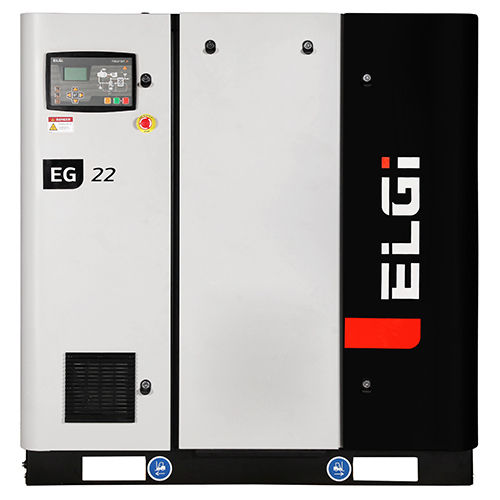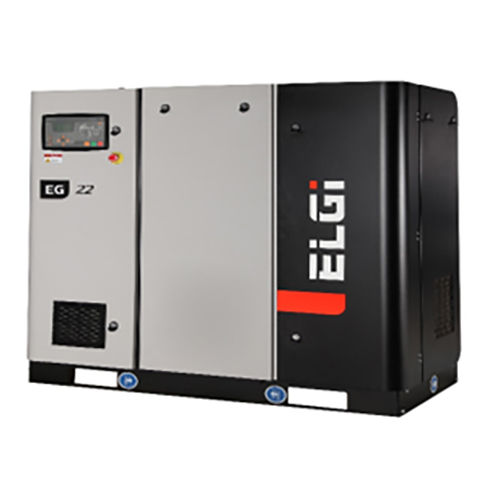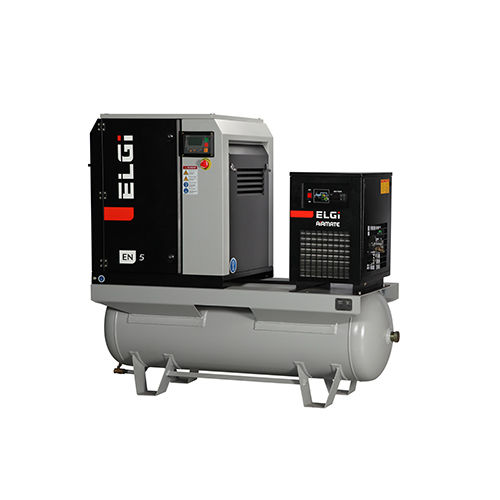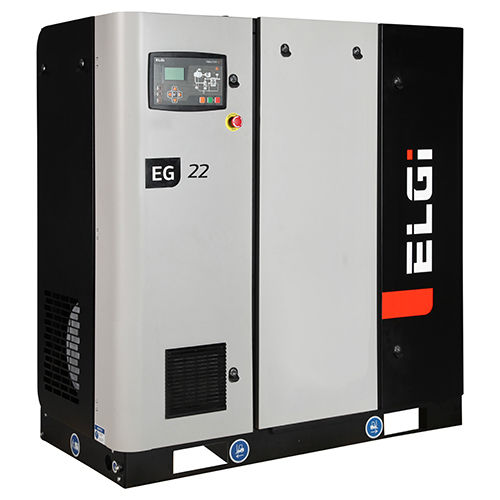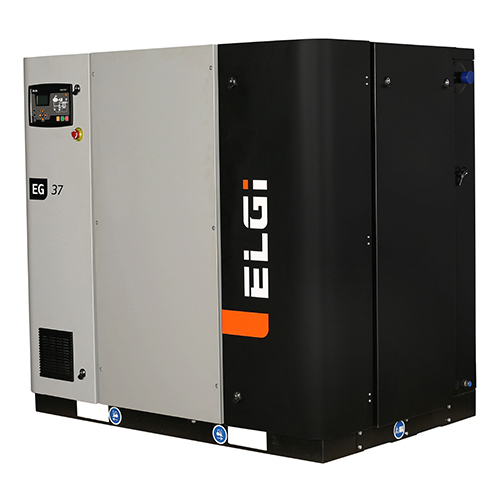Air Compressor for Rice mill - ELGi Screw
Product Details:
- Color Black,Grey
- Product Type Air Compressor
- Usage industrial
- Power Source Ac Power
- Click to View more
X
Air Compressor for Rice mill - ELGi Screw Price And Quantity
- 1 Number
Air Compressor for Rice mill - ELGi Screw Product Specifications
- industrial
- Ac Power
- Black,Grey
- Air Compressor
Air Compressor for Rice mill - ELGi Screw Trade Information
- 7-10 Days
Product Description
ELGi Screw Air Compressor for Rice Mill is a reliable and efficient air compressor designed specifically for the rice mill industry. It is made with superior quality materials and components to ensure long-lasting durability and a reliable performance. The air compressor is built with a heavy-duty motor that delivers a consistent and reliable performance. It is also designed with an advanced cooling system that helps to keep the motor running at optimal temperatures. The air compressor also features a low-noise operation and is designed to be energy efficient. It is also easy to install and maintain, making it a great choice for rice mill applications. The ELGi Screw Air Compressor for Rice Mill is perfect for industrial applications and is capable of producing a large amount of air at a high pressure. It also features an adjustable pressure switch that helps to control the pressure of the air output. It is also designed with a safety valve that helps to prevent over-pressurization of the system.
Product details
|
Country of Origin |
Made in India |
|
Maximum Flow Rate |
More Than 100 CFM |
|
Compressor Technology |
Screw Compressor |
|
Motor Power |
More Than 10 HP |
|
Air Tank Capacity |
More than 500 liters |
|
Cooling System |
Air Cooled |
|
Frequency |
50 Hz |
|
Pressure |
More Than 12 Bar |
FAQs of Air Compressor for Rice mill - ELGi Screw:
Q: What type of motor does the ELGi Screw Air Compressor for Rice Mill use?
A: The air compressor is built with a heavy-duty motor that delivers a consistent and reliable performance.Q: What type of cooling system does the air compressor have?
A: The air compressor is designed with an advanced cooling system that helps to keep the motor running at optimal temperatures.Q: Does the air compressor feature an adjustable pressure switch?
A: Yes, the air compressor features an adjustable pressure switch that helps to control the pressure of the air output.Q: Does the air compressor have a safety valve?
A: Yes, the air compressor is designed with a safety valve that helps to prevent over-pressurization of the system.Tell us about your requirement

Price:
Quantity
Select Unit
- 50
- 100
- 200
- 250
- 500
- 1000+
Additional detail
Mobile number
Email

 English
English Spanish
Spanish French
French German
German Italian
Italian Chinese (Simplified)
Chinese (Simplified) Japanese
Japanese Korean
Korean Arabic
Arabic Portuguese
Portuguese